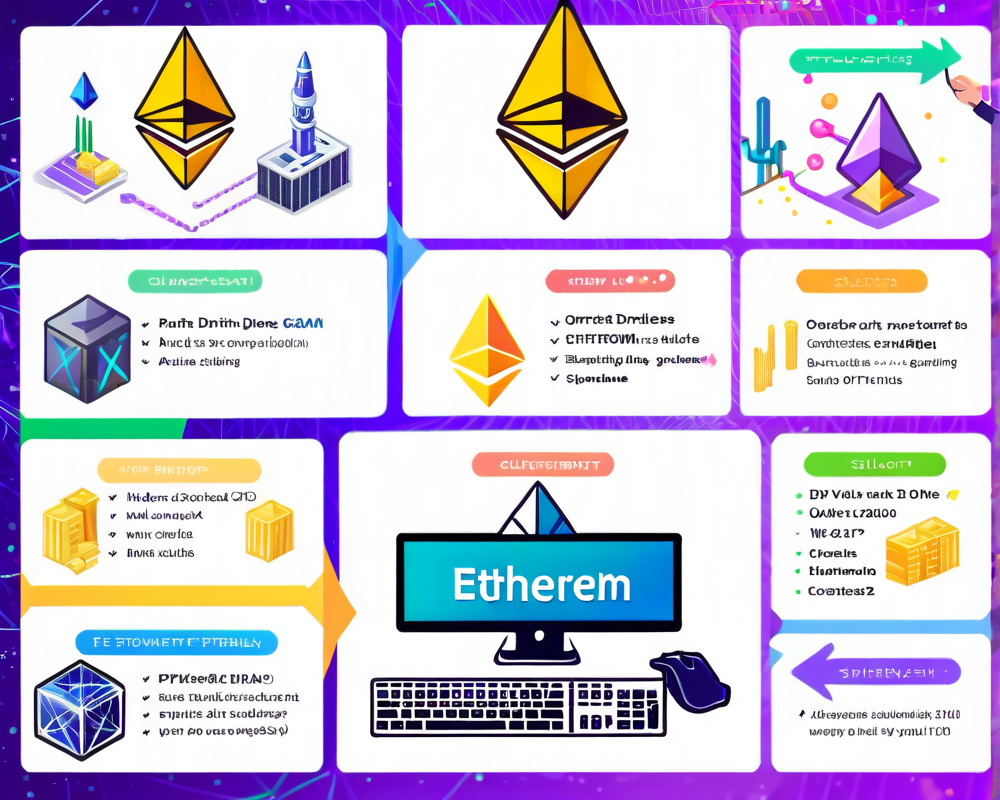Ethereum’s Journey and Vision
Vitalik Buterin, co-founder of Ethereum, aims to shape the future of decentralized technology. According to his paper, ‘Opportunities and Challenges for Private and Consortium Blockchains’, Ethereum is on the path to become ‘the world computer’, a universal platform revolutionizing how applications are built and run. Unlike traditional protocols that feel more like pocket calculators, Ethereum is like the smartphone of blockchains; you can assemble your own apps without hunting down special software.
Milestones on the Horizon
As we looked ahead, 2017 and 2018 were earmarked for some sizzling milestones. And while you’re expecting a flurry of announcements, it’s a bit like waiting for that pizza delivery that seems to take forever.
- Metropolis: Mist browser set to debut in summer/fall 2016.
- Serenity (‘Ethereum 1.5’): Proof of Stake (Casper) and Ethereum Improvement Proposals (EIPs) 101 and 105, slated for early 2017.
- WebAssembly release (‘Ethereum 1.75’): A speedier virtual machine in 2017.
- Ethereum 2.0: The initial scalability release expected late 2017.
- Ethereum 3.0: Promising ‘unlimited’ scalability in late 2018.
Confusing Contraptions: Ethereum vs. Bitcoin
In the grand arena of cryptocurrency, the battle of Ethereum versus Bitcoin rages on. Though they are two towering titans in the crypto realm, they serve quite different purposes. Understanding this contrast is important for investors. While Bitcoin dabbles primarily with monetary transactions, Ethereum takes a multiverse approach by bringing smart contracts to the forefront.
The Power of Smart Contracts
Smart contracts are a game-changer. They allow users to stipulate their own rules, kind of like writing a script for your favorite episode of a show. Rather than the blockchain enforcing rules for one single purpose, Ethereum lets the party host write their own. This versatility is a big part of why the contract mechanism is getting so much use in the Ethereum realm. Users can create databases, keep track of various assets, or even make fancy auction systems with multi-party protocols.
The DAO: A Cautionary Tale?
With $168 million funneled into it by thousands of investors, The DAO aimed high. But as we all know, even great ideas can be convoluted by reality. How it plays out could affect Ethereum’s reputation since it was initially painted as a shining example of crypto innovation. Yet, there is a lesson here: just like Rome, no blockchain masterpiece is built in a day. Anticipation and patience are key as we wait for the Ethereum ecosystem to evolve further.



